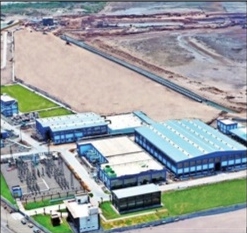A day after the brutal killing of a tailor in Udaipur, many prominent Muslim bodies condemned the ‘barbaric act’.
Even as states such as Uttar Pardesh remained on high alert, the Vishva Hindu Parishad and Bajrang Dal have called for a two-day protest against ‘Islamic terrorism’ in all states. Many cities have sounded alert after the killing.
In a statement, Syed Ahmed Bukhari, Shahi Imam of Jama Masjid in New Delhi, said that the “heartbreaking, heinous murder committed in Udaipur has shaken the humanity”. “The inhumane incident of the murder of a man named Kanhaiya Lal by two persons named Riaz and Ghous and that too in the name of the Holy Prophet, is not only an act of cowardice but an act against Islam. ” Calling Islam a religion of peace and tranquillity, he said the life of the Prophet has numerous examples of compassion, tolerance, generosity and humanitarianism. “Had the persons who committed this barbaric act studied the life and character of the Holy Prophet and had they been well-versed with the spirit of Quran and Shariah, they would not have committed the heinous crime,” he said.
The All India Muslim Personal Law Board said, “Taking law into your own hands is highly condemnable, regrettable and un-Islamic. ” Hazrat Maulana Khalid Saifullah Rahmani, general secretary of AIMPLB, said it was a grave crime to defame and slander any religious personality. “The derogatory words spoken by former BJP spokesperson, Nupur Sharma, against Prophet Muhammad are very painful for the Muslim community. The inaction of the government against this crime is nothing but rubbing salts on our wounds. But in spite of this, nobody can be allowed to take the law into their hands. Declaring someone a criminal and then murdering them is a highly condemnable act. ”
“Neither the law nor the Islamic Sharia allows it,” the body said. Another prominent body Jamiat Ulema-e-Hind said such an act cannot be justified in any way and is against the religion of Islam.








.jpg)











.jpg)



.jpg)



